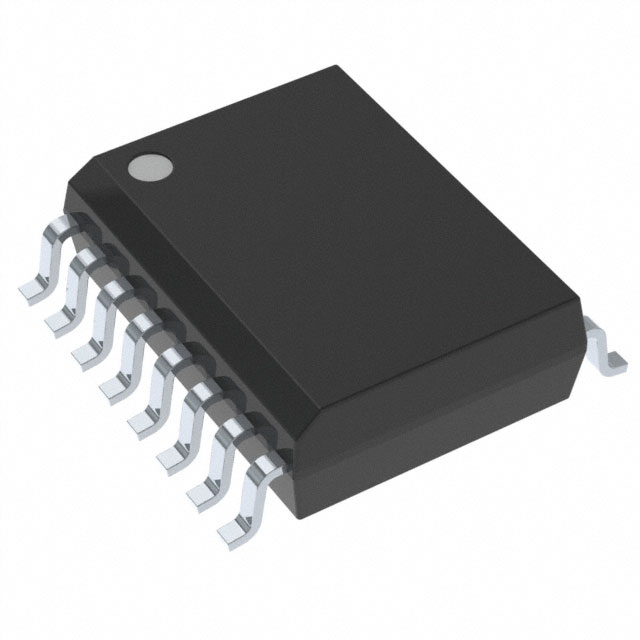

Texas Instruments
AMC1305M25DWR
ADCs/DACs - Special Purpose ICs




.png?x-oss-process=image/format,webp/resize,p_30)


AMC1305M25DWR Description
The AMC1305M25DWR is a high-performance, low-power, single-chip wireless microcontroller (MCU) from Texas Instruments (TI). It is designed for Zigbee, Thread, and other low-power wireless applications. Here's a brief description, features, and applications of the AMC1305M25DWR:
Description:
The AMC1305M25DWR is an ARM Cortex-M3 based MCU with integrated 2.4 GHz radio for wireless communication. It is part of TI's SimpleLink™ MCU platform, which offers a range of wireless connectivity options and is designed for easy development and integration.
Features:
- ARM Cortex-M3 processor with 32-bit performance and low power consumption.
- Integrated 2.4 GHz radio for wireless communication, supporting Zigbee, Thread, and other low-power wireless protocols.
- On-chip memory: 256 kB of flash memory and 32 kB of SRAM.
- Advanced security features, including AES-CCM encryption for secure data transmission.
- Low-power modes to extend battery life in battery-operated devices.
- Rich peripheral set, including UART, SPI, I2C, and ADC, for easy interfacing with sensors and other components.
- Support for TI's Wireless Connectivity SDK for simplified development and integration of wireless protocols.
- Available in a compact 7x7 mm QFN package.
Applications:
- Smart home and building automation: Control and monitoring of lighting, heating, ventilation, and air conditioning (HVAC) systems, smart plugs, and energy management.
- Industrial IoT (IIoT): Wireless sensor networks for monitoring and control in industrial environments, such as manufacturing, agriculture, and logistics.
- Healthcare: Remote patient monitoring, wearable medical devices, and hospital asset tracking.
- Consumer electronics: Wireless peripherals, such as keyboards, mice, and gaming controllers.
- Retail and asset tracking: Inventory management, smart shelf solutions, and asset tracking in retail environments.
- Smart cities: Street lighting control, parking management, and environmental monitoring systems.
The AMC1305M25DWR is a versatile and powerful MCU designed for a wide range of low-power wireless applications, making it a popular choice for developers looking to create energy-efficient and connected devices.
Tech Specifications
AMC1305M25DWR Documents
Download datasheets and manufacturer documentation for AMC1305M25DWR
 Assembly Material 08/May/2023
Assembly Material 08/May/2023  AMC1305L25, AMC1305Mx5 Datasheet
AMC1305L25, AMC1305Mx5 Datasheet  AMC1305L25, AMC1305Mx5 Datasheet
AMC1305L25, AMC1305Mx5 Datasheet  AMC1305x 17/Oct/2016
AMC1305x 17/Oct/2016 Shopping Guide





























.png?x-oss-process=image/format,webp/resize,h_32)










